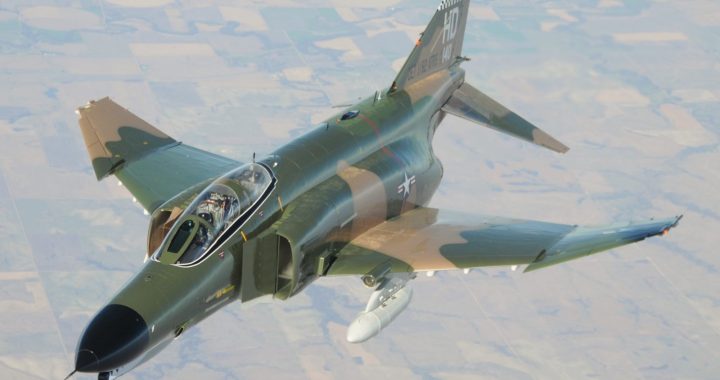Interesting facts about the McDonnell Douglas F-4 Phantom II; The fighter Bomber
Today we present the McDonnell Douglas F-4 Phantom II, a fighter bomber multirole attack aircraft with specifications of the two-seat and twin-engine design. This aircraft was built by the McDonnell Douglas to serve the US Navy in the 60s. Due to its extreme adaptability to various divisions of the army, the aircraft went to serve … Continue reading Interesting facts about the McDonnell Douglas F-4 Phantom II; The fighter Bomber
0 Comments
